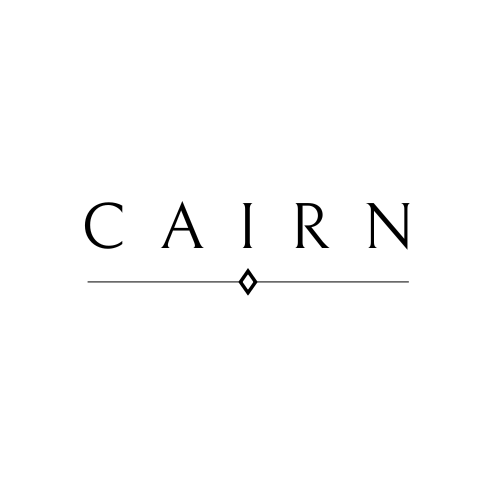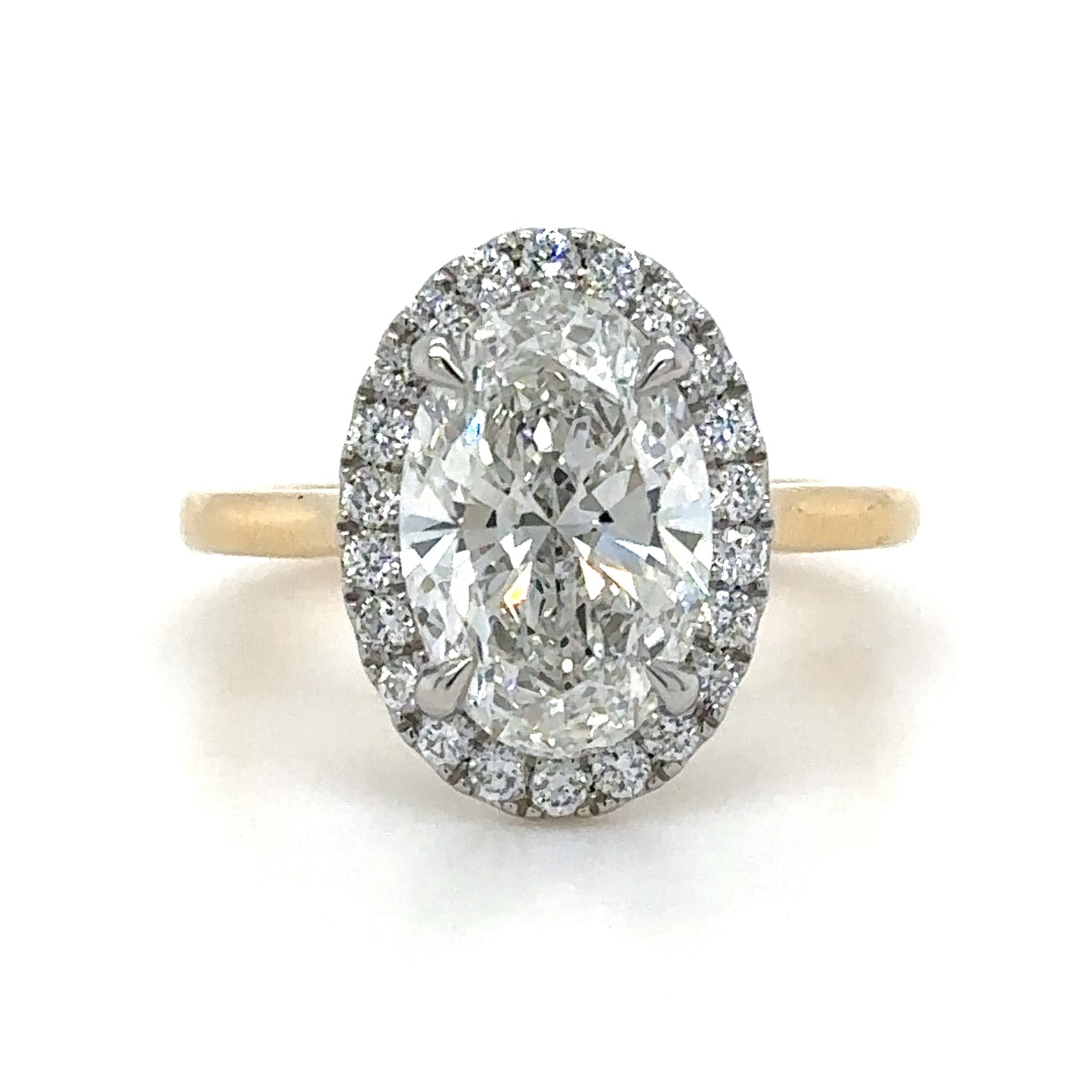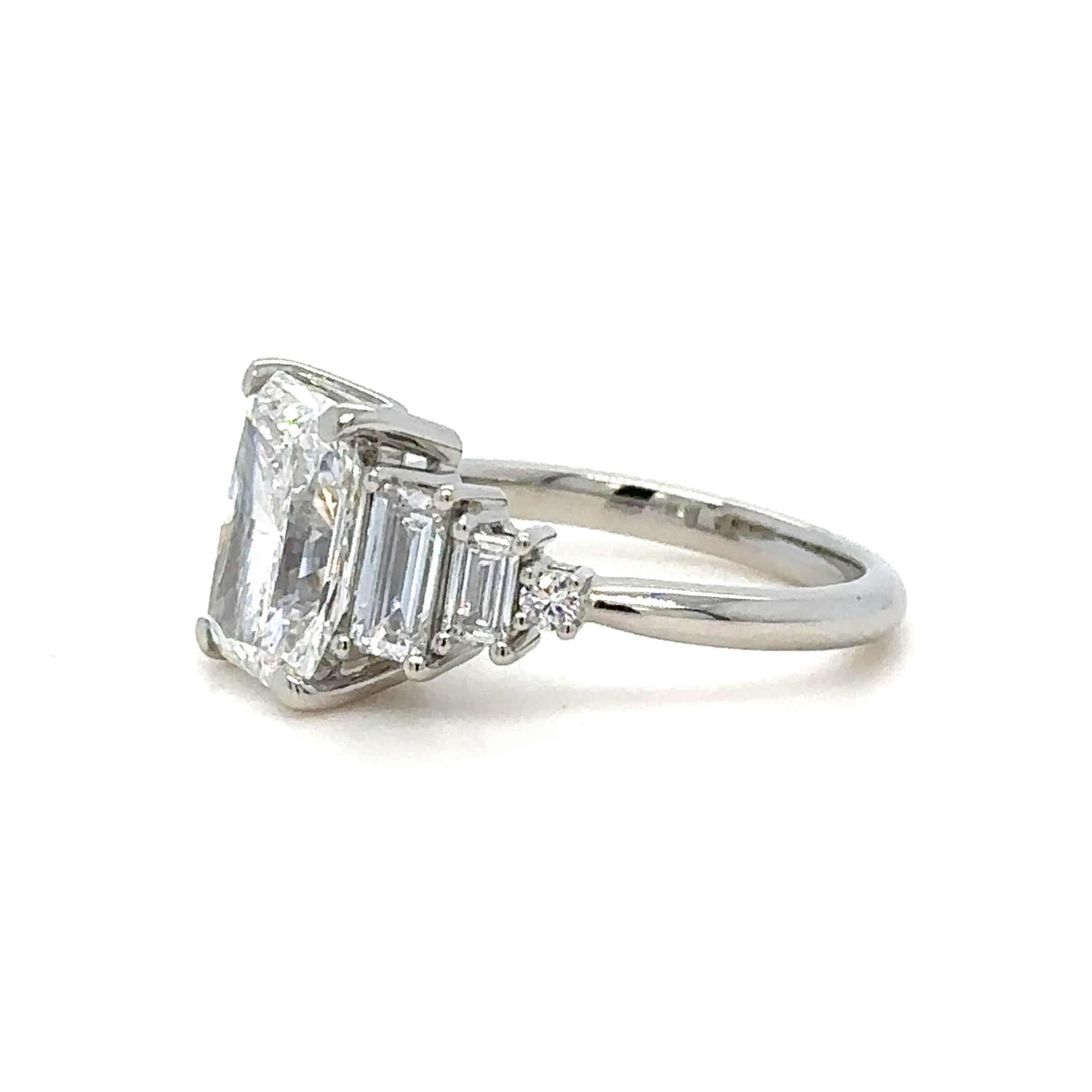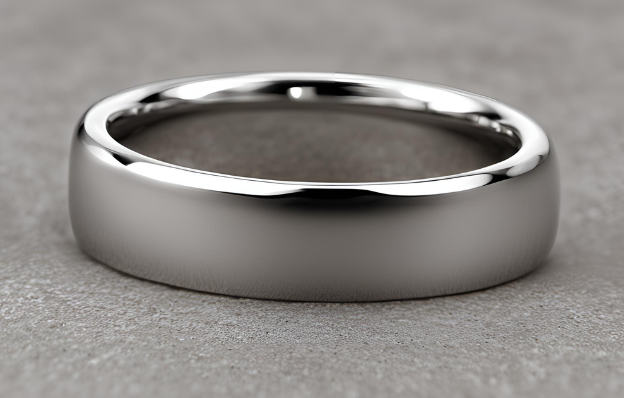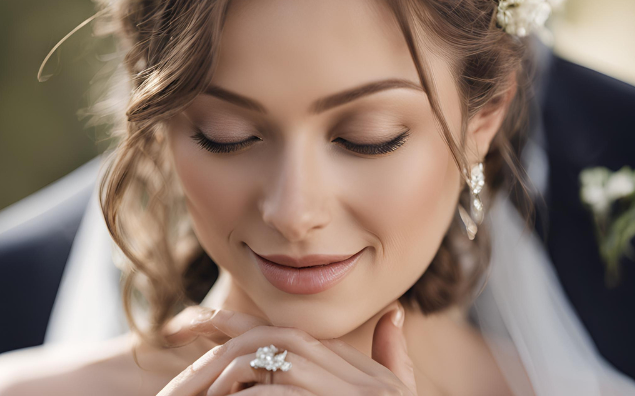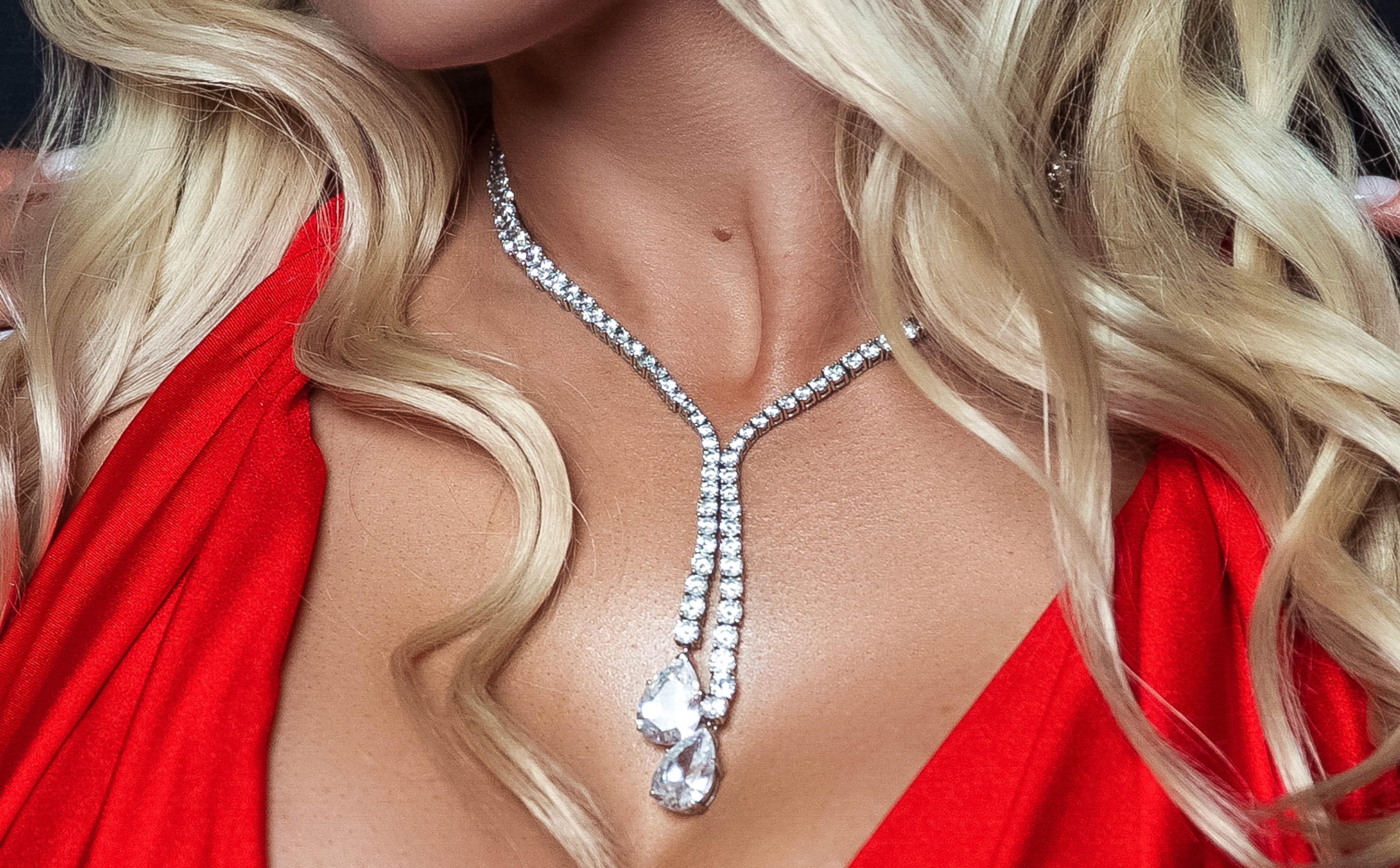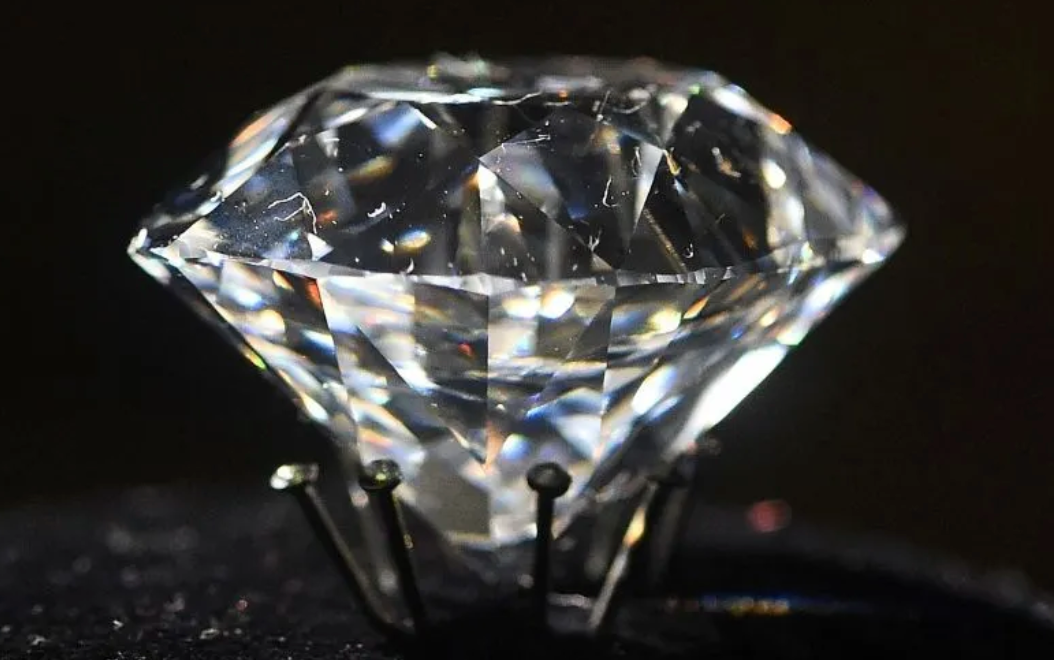Article: Eureka Diamond | History of Diamonds
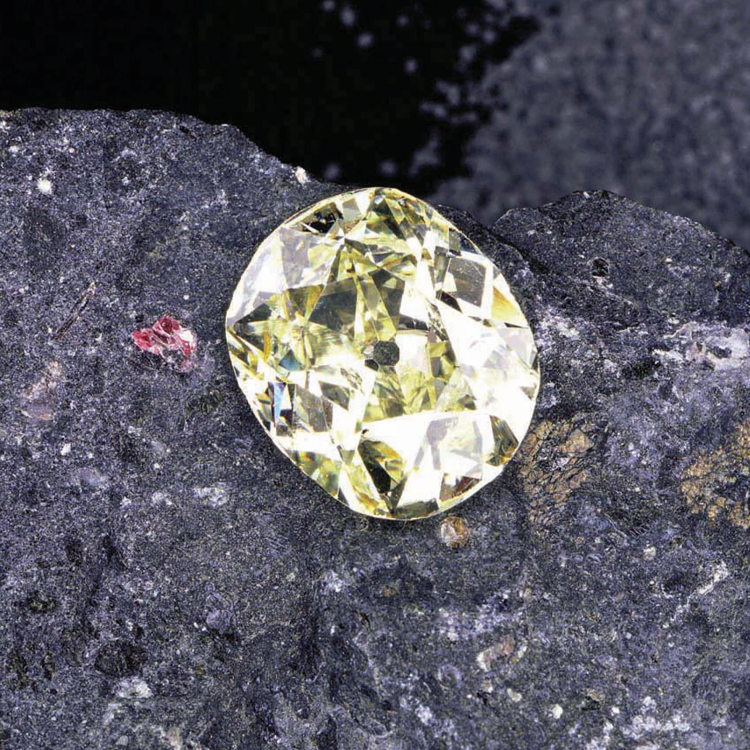
Eureka Diamond | History of Diamonds
- Introduction
- The Origins of the Eureka
- Harry Oppenheimer and the Eureka Diamond
- Where is the Eureka Now?
Eureka!
The Eureka diamond found in Kimberley, South Africa in 1866 was to cause a global sensation. Known as being the first recorded discovery of diamonds and indeed of the first gemstones discovered in South Africa (Which were unchartered territories at the time) it was described as one of the greatest finds in history.
It was a catalyst of the Mineral Revolution, the Diamond Rush and massive continental migration to the area. Before this time S. Africa's main industry was wool and livestock. The Eureka also added a new chapter to the History of Gemmology, and by the 1940’s led to a new culture of the Diamond Engagement Ring. Join us at Cairn Diamonds to discover the amazing story of this Historical Gem.
Origins of the Eureka Diamond
Near the Orange River, Hopetown a shepherd played with stones, (called klippes in Afrikaans). It was 1866, the farm was called De Kalk, and the boy’s name was Erasmus Stephanus Jacobs. His neighbour, Schalk Van Niekerk took an interest in one of the stones and Erasmus kindly gave it to him. Niekerk had an idea that it might be something more valuable than a stone. In 1867 it was declared a genuine yellowish brown 21.25 carat diamond.
The Eureka Diamond became famous at the Paris Exhibition 1867
Within months of being declared a diamond The Eureka was taken to Paris and exhibited at the 1867 Paris Exhibition. The exhibition had taken Napoleon III three years to organise and was visited by the greatest names by Tsar Alexander of Russia, Franz Josef of Austria, Ottoman Sultan Abdulziz, Otto Van Bismarck of Prussia and the Khedive of Egypt, a brother of King William, and Jules Verne between April and November 1867. With over 50,000 international exhibitors and 10 million visitors over 17 hectares the Eureka Diamond became a global phenomenon and the international excitement of the potential for more diamonds in S. Africa had started.
However, some sources say that the Eureka Diamond was not on display at the exhibition the entire time, and that only a replica on display. They say the real diamond was at the time being safely looked after by Queen Victoria at Windsor Castle.
After the Exhibition the diamond returned to Kimberley and Niekerk sold it to The Governor of the Cape, Sir Phillip Wodehouse for £500.
Wodehouse took it to England in 1871 where it was cut to a 10.73 cushion shaped brilliant cut diamond weighing 2.146g. The colour was brownish yellow and probably a Type1aAB diamond.
We hear about the diamond again in 1946 when it was auctioned at Christies Public Auction and sold by Lord Colum as part of a bracelet for £5700. 1n 1966 Henry Oppenheimer, the Chairman of De Beers purchased the diamond.
Where is the Eureka Diamond Now?
Henry Oppenheimer, the Chairman of De Beers purchased the Eureka Diamond and gifted it to the African People, also creating a world-class tourist attraction to provide the local community with jobs and business opportunities.
The Kimberley Mine Museum is at 161 Tucker Street, Kimberley, Diamond Fields, Northern Cape- Check their website before arranging a visit.
As well as displaying the Eureka Diamond, there is a De beers railway coach, diggers sleeping quarters, restored buildings and a church that was built in Europe and shipped to Kimberley for the Miners, and other historic memorabilia.
Visitors can also go underground and see the Kimberley Big Hole. The Big Hole is the crater partially filled with water now, from which 22 million tons of earth and kimberlite has been removed by individuals working with picks and shovels. In its 40 years it produced over 2500kg of diamonds,
Displayed with Eureka is the 616 Diamond, the largest uncut diamond in the world.
The 616 is a yellow diamond called the Kimberley Octahedral Diamond – or the 616. It is a type 1 diamond, and its colour is caused by the presence of nitrogen in its crystal structure. Nitrogen absorbs the blue light leaving only its colour complement.
It is not possible to grade the diamond as it remains uncut.
It was discovered in 1972 by mine worker called Abel Maretela,100 years after the Eureka in the Dutoitspan Mine. It is the largest naturally formed octahedrals in the world and as such is incredibly rare. It is so rare that De Beers would not even consider cutting it and they have decided to preserve it for future generations.
The Incredible Influence of the Eureka Diamond at the 1867 Paris Exhibition. As a comparison see how Vincent Van Gogh was influenced by this Exhibition.
In the 19 Century there was no radio, tv or internet and limited global travel and the electronic revolution was just beginning. At the Exhibition Samuel Morse gave a speech about telecommunications, he had invented the Morse Code and for the first time Japan Exhibited.
Vincent van Gogh was hugely influenced by the Japanese Woodcuts particularly the ordinary subject matter, bold lines, flatness, colour blocking, and the intrinsic decorative nature of the Japanese Ukiyo-e prints, especially pictures by the famous Japanese artist Utagawa Hiroshige. The perspective crops created dynamism, emphasis and angles which we can see in his picture of Bedroom in Arles 1888. At the Paris Exhibition van Gogh was swept away emotionally by the bright exotic colour palettes and the conception of immediate space. He wrote to his brother Theo saying he got a happy feeling from them.
The media hype surrounding the Eureka diamond was sensational so when the next diamond was found at Kimberley 5 years later there was an International Diamond Stampede.
Discover your own Eureka moment when you first gaze upon the perfect diamond destined for you, with Cairn Diamonds. Contact Us today to find your Diamonds, Gemstones and Jewellery, truly worth of a Eureka!
